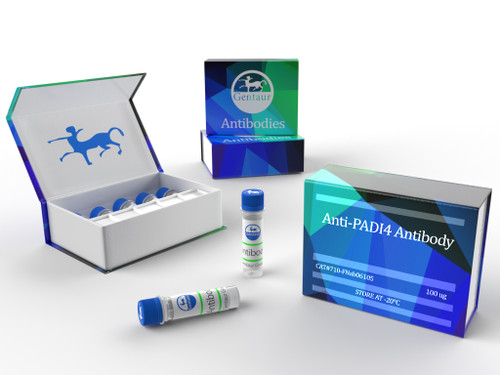Shop by Category
Shop by Brand


Anti-TSG101 Antibody | Gentaur
Gentaur
MSRP:
Now:
£0.00
(You save
)
- SKU:
- 322-EXOAB-TSG101-1-GEN
- Availability:
- 24/48 H for Stock Items & 1 or 2 weeks for Production Items
- Weight:
- 1 KGS
- Price:
- Contact info@gentaur.com for pricing
Price Contact info@gentaur.com for pricing
Recommended
-


TSG101 Antibody - C-terminal region | Gentaur
MSRP:Now: £0.00



Anti-TSG101 antibody
MSRP:Now: £0.00

 Euro
Euro
 British Pound
British Pound
 US Dollar
US Dollar






